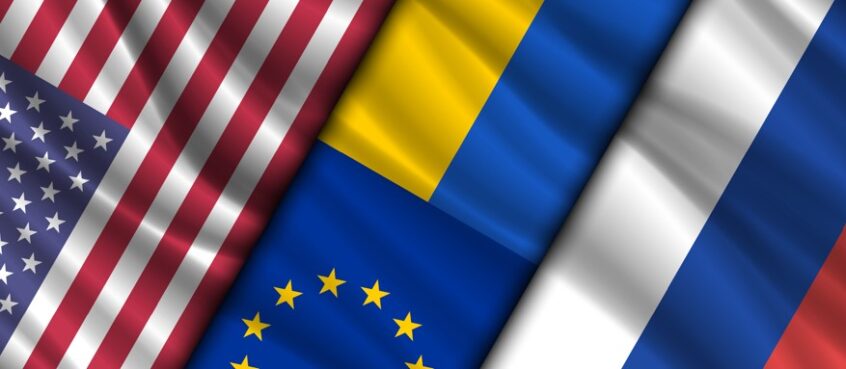Global equities posted gains last week of 0.4% and 1.2% in sterling and local currency terms respectively. The US lagged with a gain of only 0.2% in sterling terms while China and Japan led the increases. Bonds saw yields edged higher, leading to small losses.
The media headlines were very much focused on the goings-on in Alaska. But the war in Ukraine has long since stopped having much impact on the markets with the main residual impact being the ramp-up of defence-related spending now underway in Europe.
Instead, investors were more focused on the latest US consumer price inflation numbers. Headline inflation was unchanged in July at 2.7% and a touch lower than expected.
Although the US Administration unsurprisingly seized on this as confirmation that the tariff hikes were not feeding through to inflation, the truth was more nuanced. The core inflation rate edged up to 3.1% and producer prices unexpectedly jumped higher last month, suggesting that tariffs are leading to higher costs which could feed through to consumer prices later this year.
Treasury Secretary Bessent is calling for the Fed to cut rates by a much as 0.5% at their meeting next month. However, a more normal 0.25% reduction continues to look much more likely. Indeed, Friday’s stronger than forecast retail sales numbers showed little reason for a bumper reduction.
Last week also saw the positive news that the trade truce between the US and China would be extended for another 90 days until 10 November. But this had been largely anticipated given the positive mood music of late from the trade talks. More unexpectedly, the US announced a deal allowing Nvidia to sell some of its more advanced chips to China in exchange for 15% of the revenues.
The extension of the trade truce will have been welcomed in China as the latest activity numbers there painted a rather downbeat picture. Retail sales, industrial production and investment growth all slowed in July, pointing to the need for further stimulus measures from the government if it is to have any hope of hitting this year’s 5% growth target.
Here in the UK, the latest GDP data provided a welcome reprieve for the Chancellor. GDP rebounded 0.4% in June after two months of declines, leading to activity posting a larger than anticipated 0.3% gain in the second quarter. However, this increase was boosted significantly by a rise in government spending and Reeves will still need to fill a significant black hole in the government’s finances in the autumn Budget.
Meanwhile, the UK labour market continues to weaken, albeit only slowly. Payroll employment fell further in July and underlying wage growth in the private sector edged down to 4.8% in June.
This coming week, all eyes will be on the meeting of the great and the good in Washington today. But for the markets, Jackson Hole in Wyoming will also be a focus with the Fed holding its annual get-together there at the end of the week. Other than that, there are UK inflation data out on Wednesday and business confidence numbers for the US, Europe and UK on Thursday.

Rupert Thompson – Chief Economist

